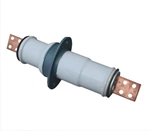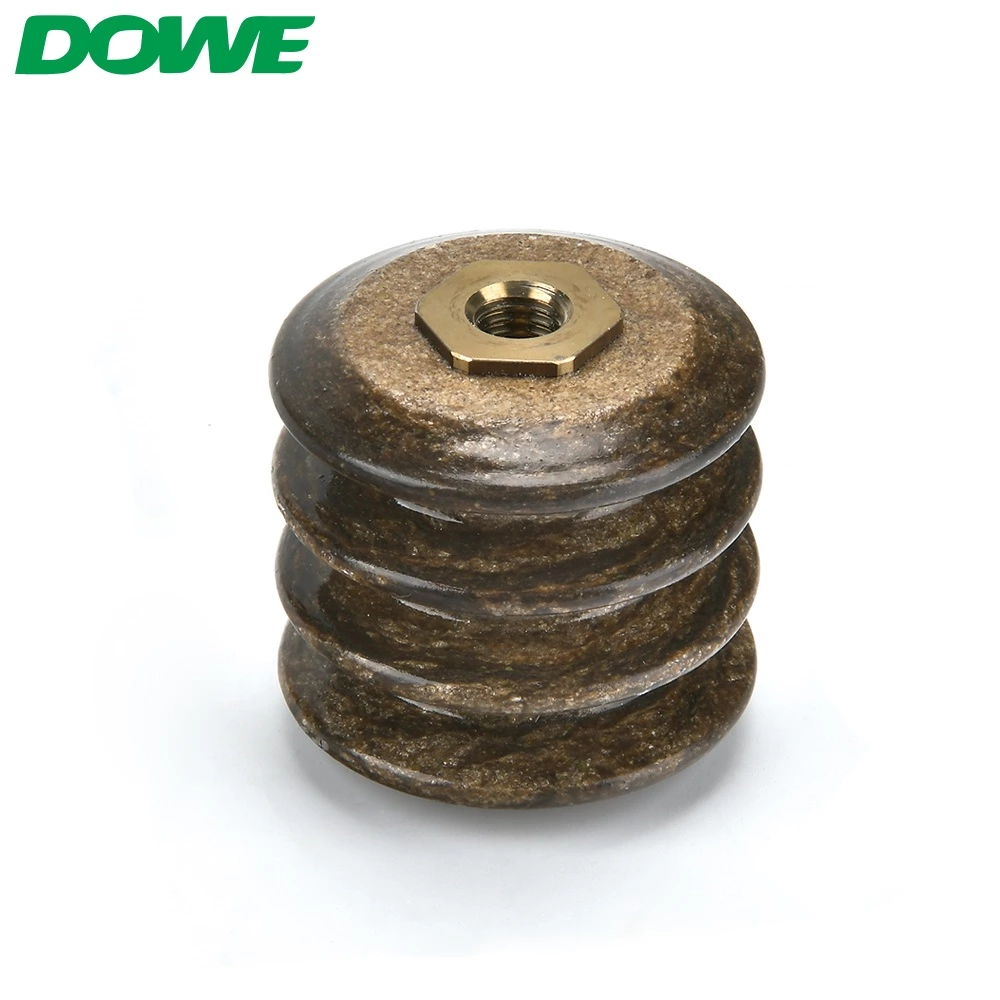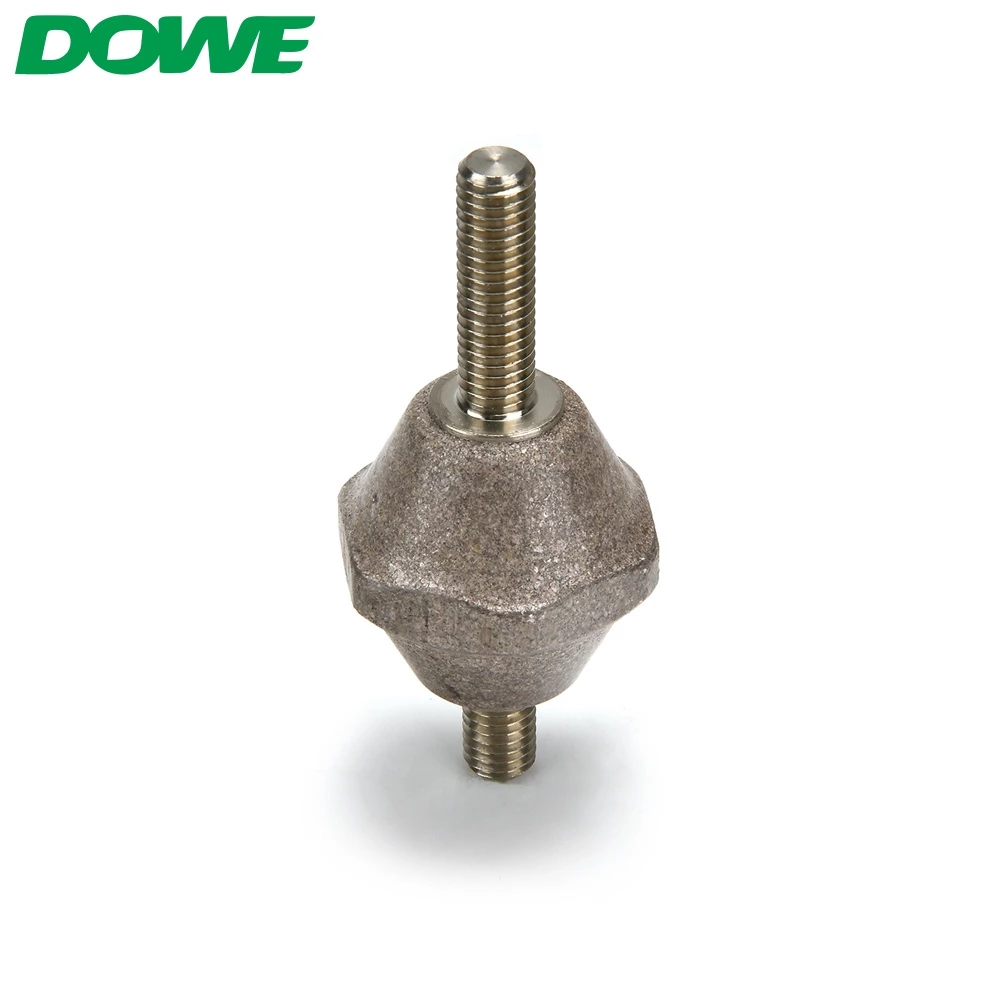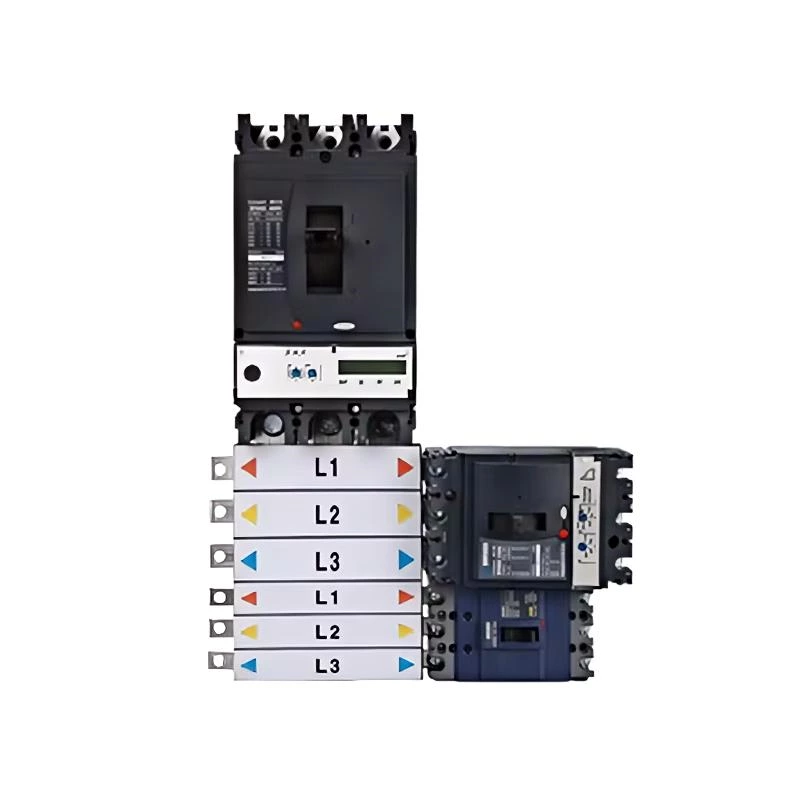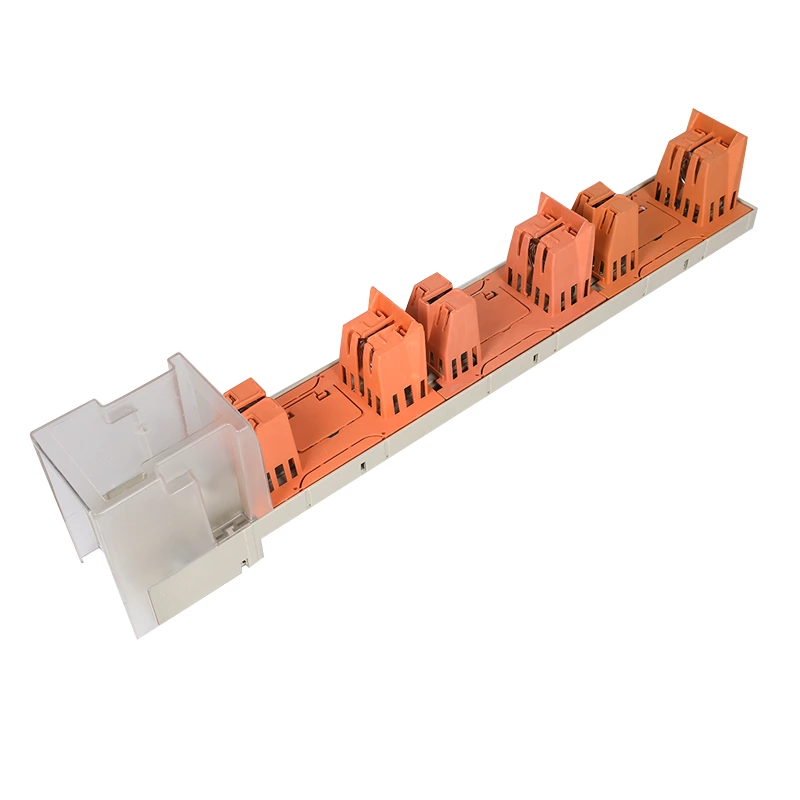DUWAI CWB-10KV Series Wall Bushing: Advancing Voltage Distribution
Name Product number Rated voltage (kv) Rated current (A) Remark Copper conductor outdoor ceramic wall bushing CWB- 10 200、400、600、1000、1500、2000、3150 Product introduction CWB-10KV series wall bushings
| Name | Product number | Rated voltage (kv) | Rated current (A) | Remark |
| Copper conductor outdoor ceramic wall bushing | CWB- | 10 | 200、400、600、1000、1500、2000、3150 |
Product introduction
CWB-10KV series wall bushings are used for power distribution devices and high-voltage electrical appliances in power stations and substations. They allow wires to pass through grounding partitions, walls or electrical equipment shells, and support conductive parts to insulate them from the ground or shell.
Wall-penetrating porcelain casings can be divided into indoor and outdoor wall-penetrating porcelain casings according to their use environment. According to the different conductors passing through its center, it can be divided into busbar wall-penetrating porcelain bushings, copper conductor wall-penetrating porcelain bushings and aluminum conductor wall-penetrating porcelain bushings.
When the copper conductor is directly connected to the busbar, it is easy to cause galvanic corrosion. The contact surface temperature rises too high, causing the joint to burn out and affecting the life of the equipment. Therefore, copper-aluminum transition joints should be used, but this will bring trouble to on-site construction. Aluminum conductor porcelain is used. Casing can solve the above problems.
Indoor and outdoor wall-penetrating porcelain bushings are assembled from porcelain parts, conductive rods, metal accessories at both ends and mounting flanges. The busbar wall-penetrating porcelain bushing is assembled from porcelain parts, metal accessories at both ends, busbar plywood and mounting flange (the busbar plywood is usually configured by the user according to the size of the busbar).
All properties of wall-penetrating porcelain bushings comply with the provisions of GB12944.1 "Technical Conditions for High-voltage Wall-Porcelain Bushings".
Model description
CL——Indoor aluminum conductor wall bushing
CLB——Indoor aluminum conductor wall bushing (reinforced type)
C——Indoor copper conductor wall bushing
CWL——Outdoor-indoor aluminum conductor wall bushing
CWLB——Outdoor-indoor aluminum conductor wall bushing (reinforced type)
CW——Outdoor-indoor copper conductor wall bushing
CWWL——Outdoor-indoor pollution-resistant aluminum conductor wall bushing
CWW——Outdoor-indoor pollution-resistant copper conductor wall bushing
CM——Indoor busbar wall bushing
CMWW——Outdoor-indoor pollution-resistant busbar wall bushing
The numbers after the letters are the design sequence number.
For bushings with conductors, the fraction after the dash is: the numerator is the rated voltage of the bushing in kilovolts; Q represents the maximum creepage; the denominator is the rated current amperes of the bushing; the second number after the dash is the pollution grade number; the third The letter G after a dash represents the plateau type.
For busbar type bushings, the first dashed number after the letter is the rated voltage in kilovolts; the second dashed number is the inner aperture diameter of the bushing porcelain sleeve in millimeters; the third dashed number is the pollution level Number.
Environmental conditions of use
1)Outdoor casing
The ambient temperature is not higher than +40℃ and not lower than -40℃;
The altitude does not exceed 1000m;
Wind speed is not greater than 34m/s
The air pollution degree of the environment in which the product is used is divided into four levels: I, II, III and IV according to GB/T5582;
No frequent violent vibrations
Components
The bushing is composed of porcelain parts, metal accessories, mounting flange and conductive bar (rod).
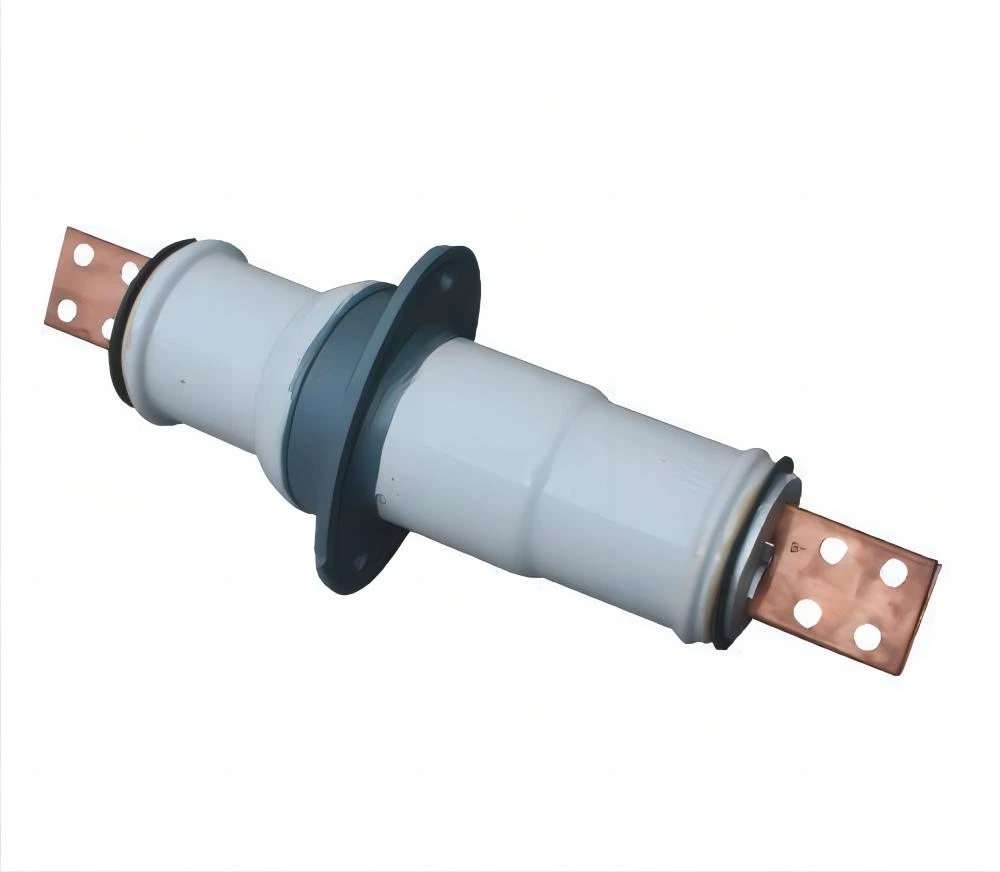
Purpose and classification
Wall-through porcelain bushings are used in power station and substation power distribution devices and high-voltage electrical appliances to allow wires to pass through grounding partitions, walls or electrical equipment shells, and to support conductive parts to insulate them from the ground or shell.
Wall-penetrating porcelain casings can be divided into indoor and outdoor wall-penetrating porcelain casings according to their use environment. According to the different conductors passing through its center, it can be divided into busbar wall-penetrating porcelain bushings, copper conductor wall-penetrating porcelain bushings and aluminum conductor wall-penetrating porcelain bushings.
When the copper conductor is directly connected to the busbar, it is easy to cause galvanic corrosion. The contact surface temperature rises too high, causing the joint to burn out and affecting the life of the equipment. Therefore, copper-aluminum transition joints should be used, but this will bring trouble to on-site construction. Aluminum conductor porcelain is used. Casing can solve the above problems.
Indoor and outdoor wall-penetrating porcelain bushings are assembled from porcelain parts, conductive rods, metal accessories at both ends and mounting flanges. The busbar wall-penetrating porcelain bushing is assembled from porcelain parts, metal accessories at both ends, busbar plywood and mounting flange (the busbar plywood is usually configured by the user according to the size of the busbar).
All properties of wall-penetrating porcelain bushings comply with the provisions of GB12944.1 "Technical Conditions for High-voltage Wall-Porcelain Bushings".
